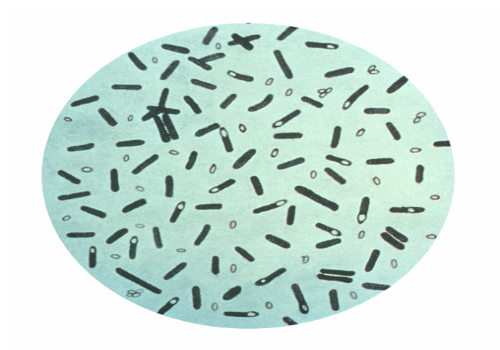The breathing process takes place through an exchange of gases that occurs when we inhale oxygen and exhale carbon dioxide in a continuous cycle. This is essential in the human body to transmit and deliver the air into the lungs for oxygenation and inspiration process. Any forms of air wastes inside the body are then released through expiration. When we come across the biological terms ventilation and respiration, what are the things that come first into our minds?
Ventilation is the initial phase in which circulation and exchanged of gases transpire. Without the means of ventilation, respiration processes will not occur. A 4 to 6 minutes absence of air supply may cause brain damages and constriction of the lungs that eventually leads to death. The two main phases of the ventilation cycle are: inspiration (inhale) and expiration (exhale). The necessity of the basic mechanisms such as neural, chemical and mechanical contributes to the ventilation process.
When it comes to the cycle of respiration, this process known as internal respiration takes place when oxygen and carbon dioxide exchanges and runs through the bodily systems in which it delivers oxygen to the cells and excretes carbon dioxide from the cells. Another phase will occur known as external respiration, in which this happens when the oxygen is transmitted to the bloodstream carried by the veins, arteries and other significant nerves that will supply the essential air all throughout the human body such as the brain, heart and lungs, and carbon dioxide is then released from the blood.


